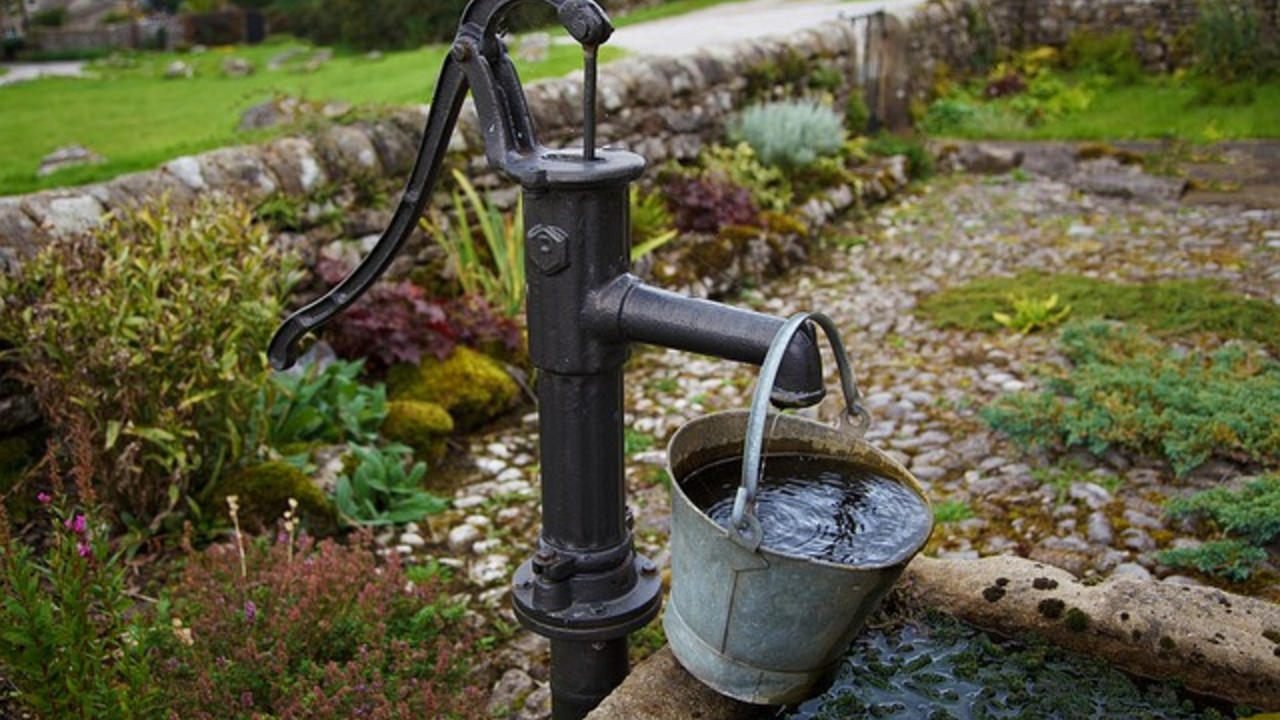Water remains one of the most essential resources for any household, regardless of location. For those living in remote areas or beyond the reach of public utilities, access to a consistent and safe water supply can be a serious concern. Creating a dependable solution means thinking beyond temporary fixes and looking at long-term functionality.
Designing a system for water independence requires more than just storing rainwater or reusing wastewater. It involves understanding the environment, calculating daily usage, and selecting technology that matches specific site conditions. A well-matched off grid water system provides year-round support for homes that rely on private solutions rather than municipal access.
Assess the Land Before Choosing a System
A successful installation begins with understanding the property. Factors like rainfall frequency, soil type, slope, and exposure to sun all affect system design. Rooftop collection and ground-level storage may provide a sufficient supply in regions with regular rainfall. Drier areas may call for larger tanks or alternative sources.
Soil composition also plays a role, especially when placing underground tanks. Loose, sandy, or rocky soil may impact filtration efficiency or stability. Mapping out the site helps determine the most effective layout and structure for long-term use.
Identify Water Sources That Fit Your Needs
Identifying the sources that will supply the system is essential. Rainwater is commonly collected from rooftops and filtered for domestic use. After treatment, greywater collected from sinks, showers, and washing machines can be reused. Some properties may also rely on surface water from ponds or stored runoff.
Each source has a specific purpose. Potable water requires more thorough treatment, while greywater suits non-drinking uses such as toilet flushing or irrigation. Matching source to function helps reduce unnecessary treatment and supports efficient design.
Plan Water Storage Around Daily Consumption
Storage must be planned around actual consumption patterns. A family home will use more water daily than a seasonal cabin or small residence. Estimating water usage for cooking, washing, bathing, and other activities helps size the tanks properly.
Larger storage is critical in areas with seasonal rainfall or dry periods. Many systems include backup reserves to ensure uninterrupted supply. Some also feature greywater recycling components to reduce the freshwater required for day-to-day tasks.
Ensure Water Safety with the Right Treatment Tools
Clean water is essential for any independent living setup. Systems must manage contamination risks and ensure safe use over time. Proper treatment improves both reliability and quality. Key treatment components usually include:
- Sediment filters for removing dirt, sand, and particles
- Ultraviolet (UV) purification for neutralizing bacteria and viruses
- Carbon filters for addressing taste, odor, and chemical residues
Multi-stage systems work best when water is stored for extended periods or comes from different sources. These setups ensure each type of impurity is addressed effectively. Quality monitoring tools are also helpful for tracking safety in real time.
Select Systems That Are Durable and Easy to Manage
Maintenance ease is an essential part of choosing the proper setup. Systems should be accessible and manageable without requiring constant professional support. Equipment that is modular and uses durable materials proves more reliable in remote environments.
Some designs allow for gradual expansion, supporting growth as household needs change. Maintenance schedules should be straightforward, and components should be readily available. A system that runs efficiently with limited upkeep is well-suited to properties focused on long-term independence.
Why Off-Grid Water Systems Make Sense for Residential Use
Several system providers offer tailored solutions for properties that operate independently from traditional infrastructure. These configurations generally use rooftop rain collection, modular treatment units, and automated controls to manage supply. Designed for adaptability, these systems support off-grid living and sustainable resource management across various property types and climates.
Selecting the right off grid water system involves evaluating land, identifying available sources, and understanding daily water needs. Combining collection, treatment, and storage into a reliable setup allows residents to maintain independence without sacrificing safety or convenience. A well-planned system supports consistent access to clean water while remaining manageable over time. For those pursuing a self-sufficient lifestyle, choosing the correct configuration provides flexibility and long-term reliability.
 Online Clock
Online Clock